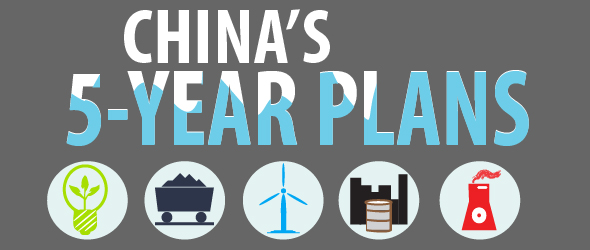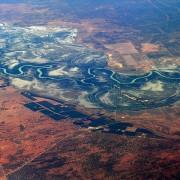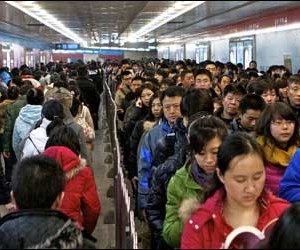Infographic: Successes and Failures of China’s Five-Year Plans (1996 -2010)
A breakdown of previous plans gives context to the newly released 12th Five-Year Plan.
The 12th Five-Year Plan (2011-2015) calls for reducing annual economic growth to seven percent a year (down from about 10 percent in each of the last four years), restraining the growth in coal production to three percent a year (down from more than 15 percent annually since 2000), and limiting water consumption.
Economists note, however, that China routinely ratifies five-year plans that call for growth rates well below those that the nation actually attains. The 10th Five-Year Plan (2001-2005), set a growth target of seven percent, but averaged 9.5 percent, and the 11th Five-Year Plan (2006-2010) set a 7.5 percent average annual growth rate, but the actual rate was 11.2 percent.
Click through the interactive infographic below to see other successes and failures of China’s 9th, 10th, and 11th Five-Year Plans.
Map and graphic by Mark Townsend, Megan Capinegro, Katelin Carter, and Chelsea May, undergraduate students at Ball State University, with contribution by Nadya Ivanova, a Chicago-based reporter for Circle of Blue. Reach Ivanova at circleofblue.org/contact.
Contributions by Jennifer Turner, Washington, D.C.-based director of the China Environment Forum at the Woodrow Wilson International Center for Scholars. Research assistance by Emily Li, Kexin Liu, and Zifei Yang.
Sources: 9th Five-Year Plan, 10th Five-Year Plan, 11th Five-Year Plan, 12th Five-Year Plan, January 2011 speech by Zhou Shengxian, Minister of Ministry of Environment Protection, The Performance of Environment Protection 10th FYP from November 2002, and The Performance of Environment Protection 10th FYP by the China Academy of Environment Planning from April 2006.





what is the future hold for china in the coming century